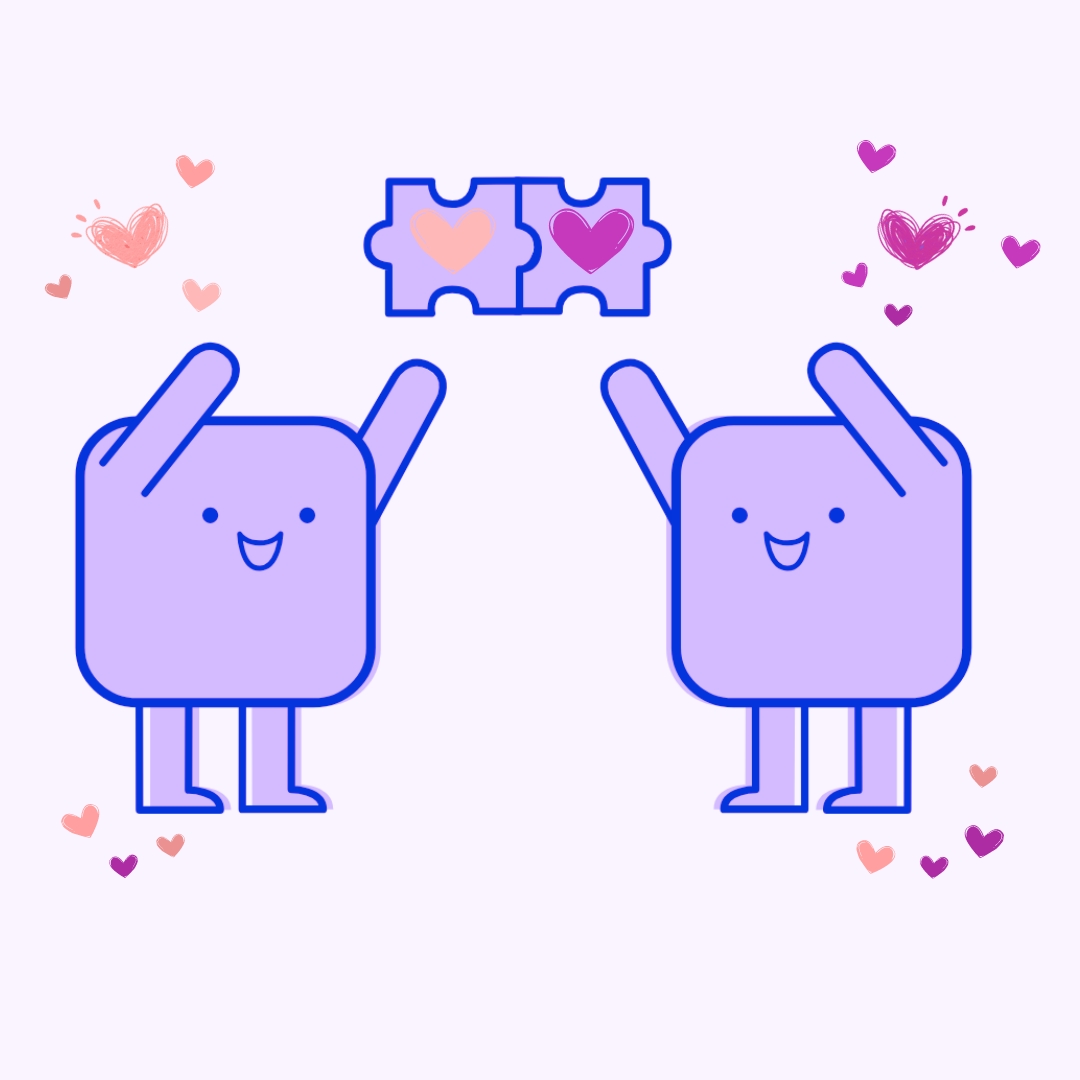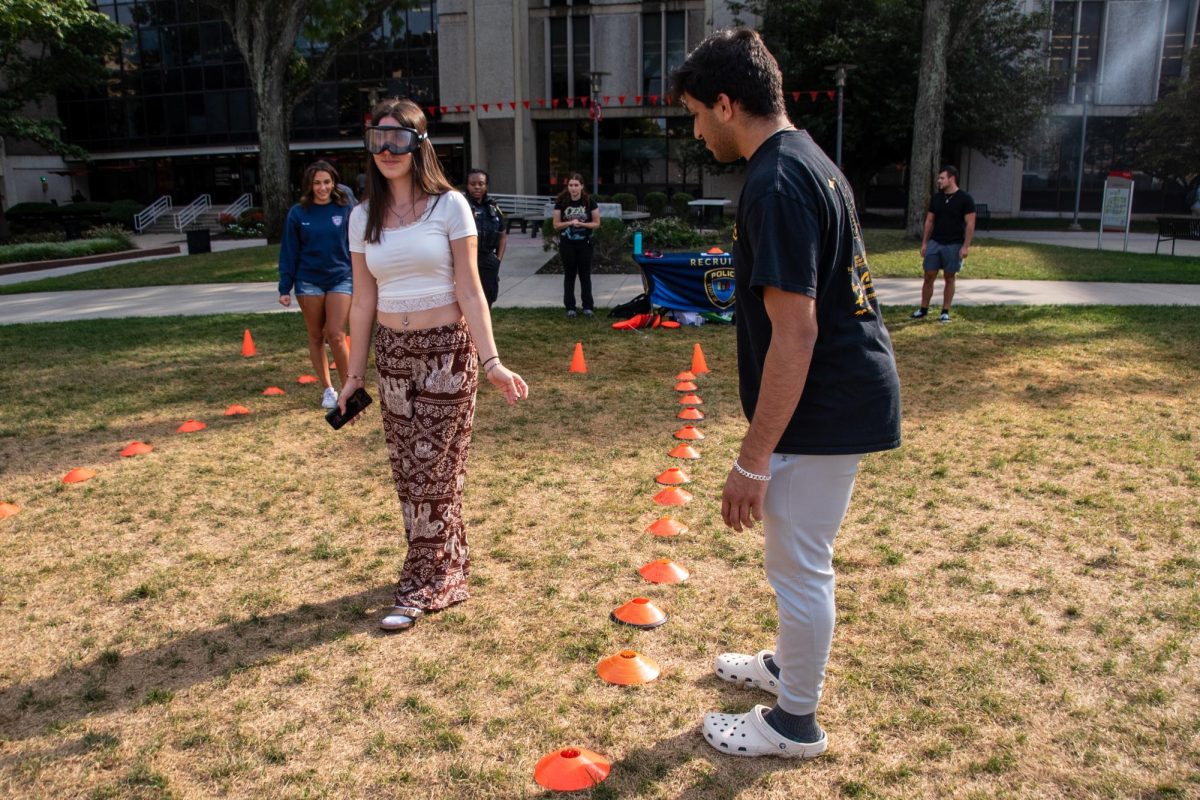Watson and Healthcare
As I was watching the US Open Men’s Final between Roger Federer and Novak Djokovic there was an advertisement that stood out. It was an advertisement for IBM Insights. The message of the ad was that IBM was designing programs that analyzed tennis on a statistical level. After the match, I decided to investigate how IBM was able to do such an analysis. During my investigation, I encountered Watson.
I first learned of Watson almost four years ago when it competed on Jeopardy! against two of the shows biggest champions. At the time, Watson was introduced as a “cognitive system enabling a new partnership between people and computers.” Watson is a type of artificial intelligence that was designed to understand the complexities of Big Data and present them to humans in a way that was understandable and usable. It was presented as a technology that would revolutionize various fields such as data analysis, athletics, and healthcare.
Four years later, the world is starting to see Watson’s impact, especially in healthcare. By using its superior computing capacity, Watson has helped pharmaceutical companies and research labs focus their efforts on studying specific proteins that are known to be involved with cancer suppression. Furthermore, Watson has moved from the bench to the bedside with remarkable accuracy and efficiency. Thanks to dedicated teams of developers, Watson is now able to diagnose various cancers in the human body; in some cases, it also helps clinicians map out a possible treatment path for the patients. Watson has taken clinical care to the next level by getting involved with personalized medicine tailored to fit the individual’s needs and complement the person’s lifestyle.
I know what you may be thinking—How can a computer program do so much? Believing Watson to be a program is a fallacy in itself. Watson is not a computer program. It is a cognitive system that is capable of “learning.” The difference between the two (a computer program vs. a cognitive system) is the type of data that is handled. A typical computer program requires its data to be neatly arranged in a format that it can read, add to, and extract from; examples of these ordered data structures are lists, arrays, and spreadsheets. On the other hand, a cognitive system is capable to analyzing data that does not come in ordered packages; examples of these packages include Tweets, Texts, and Research Papers. Watson’s primary goal is to analyze these types of data and extract the necessary information. This type of non-organized data comprises the majority (about 80 percent, according to IBM) of data communicated by humans.
So how exactly does Watson do it? Watson is a cognitive system capable of analyzing vast amounts of data in an extremely short amount of time, but first it needs to “learn” what to search for. Let’s look at how it complements personalized medicine. Personalized medicine revolves around the idea of treating a patient in a way that takes into account lifestyle, heredity, pathogenicity of the illness, and possible medications. Watson contributes to personalized medicine by analyzing all of these factors to the highest degree.
Let’s look at an example:
Anne is a 35 year-old women that has two children. She recently had a pulmonary embolism and is now taking Warfarin as part of the treatment regimen. She works as the CFO of a large corporation and usually has to drive for an hour to get from home to work. When she is not working, she is an avid runner and really loves to travel with her family. Recently, she went to a doctor and blood tests report that she has high cholesterol levels caused by a genetic predisposition and high stress levels. What can Watson do?
In this case, Watson looks through millions of medical articles to select the best medicine for Anne. When selecting the medication, Watson takes into account that Anne is taking Warfarin, a strong anticoagulant that may react adversely with the wrong medicine. Next, Watson looks at the fact that Anne is a runner and tries to find a medication that will not impact her ability to stay active. Watson also analyzes Anne’s family history to find allergies to medications or other genetic factors that may render a medication useless. After finding medications that fit these requirements, Watson analyzes the side effects and clinical trial results of the medications and selects the best one for the patient. The treatment does not stop these; Watson continues to read the medical literature after the office visit, and when new medications come out, Watson compares Anne’s current medical treatment to the new medication. Watson is always looking to optimize.
Watson’s future looks very bright. What impresses me most about Watson is its ability to continually grow at a rate that we have never seen before. While I doubt that Watson will replace clinicians for diagnosis, I do believe that Watson will become an invaluable tool in supplementing healthcare administration. In the future, doctors may start using Watson for a preliminary diagnosis that they either confirm or modify. Furthermore, there may come a point when Watson is used to train medical students in the art of diagnosis. The options for Watson in healthcare are endless. Who knows, maybe Watson will be there the next time you go to see your doctor?
































